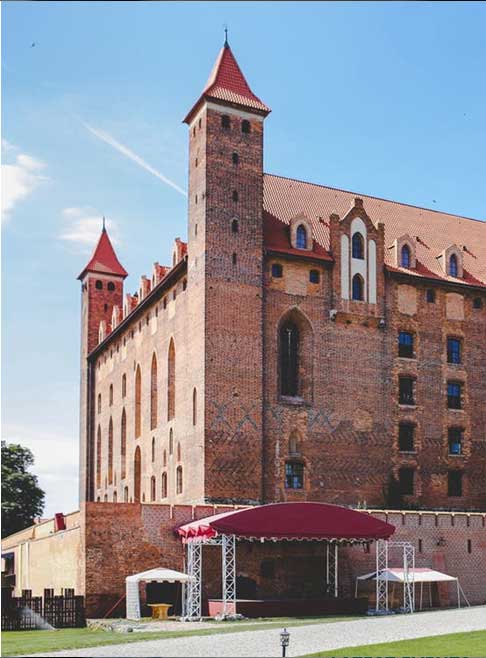Time & Temperature Controls
Time and temperature controls are very important in food safety, because they help to stop or slow down the growth of bacteria and reduce the risk of food poisoning. This means cooking, reheating, cooling, freezing and defrosting food correctly, and knowing how to check the temperature of food and the environment it’s in. Starting with cooking. Food must be cooked thoroughly according to the manufacturer’s and label’s instructions. The core temperature of hot food and things like hot holding equipment should never go below 63 degrees. Remember, to kill most bacteria you need to cook food over 75 degrees celsius for a minimum of two minutes – and the same goes for reheating food. Reheating needs to be done rapidly. Once food is cooked, it should not be left to cool down for too long as it can end up in the danger zone, where bacteria thrive. So if it’s not being eaten you need to cool it down, and quickly. The food needs to be under 5 degrees celsius as soon as possible, preferably within 90 minutes – this is known as rapid cooling. It needs to be done before food is put into the fridge, because hot food will raise the temperature of the fridge and everything in it. There’s a few different ways to achieve this, including blast chilling, plate freezing, placing food in an ice bath or dividing food into smaller portions and placing it into shallow, cold trays. It’s important to note that any food that has been chilled, thawed, or food in cold holding should be kept between 0 and 5 degrees celsius, and any frozen food needs to be kept below minus 18.


